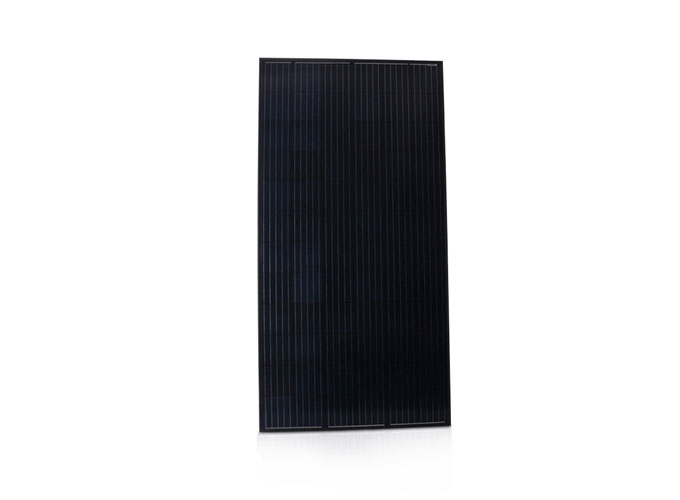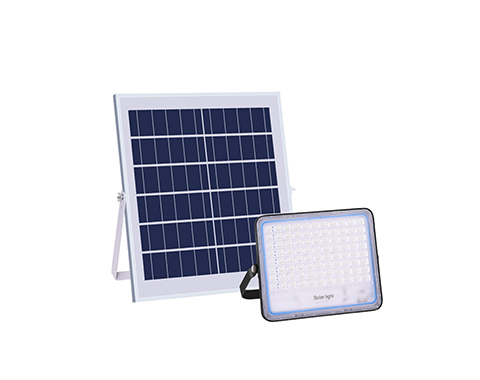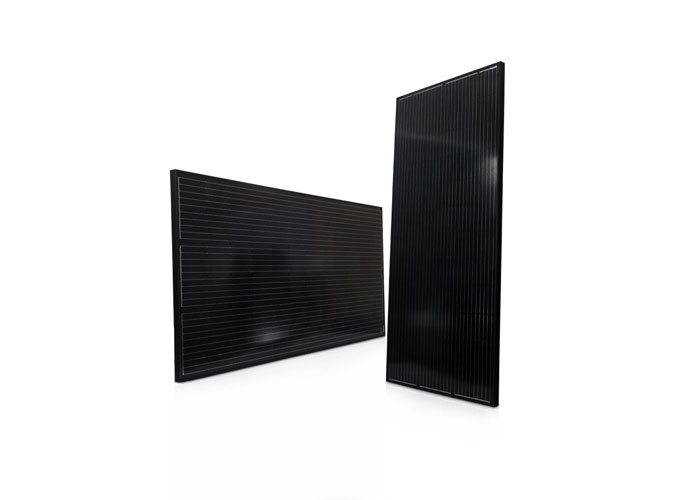Technology is developing, and as a necessity for daily travel, cars will naturally continue to transform this trend. Generally, there are two charging methods for electric vehicles, which are the built-in electric vehicle home charger or the charging pile of the community property or public property. Compared with the charging pile, which kind of EV car home charger will be more efficient?
Ⅰ. An EV car home charger is not as good as the charging piles
The electrical appliances used in our homes are 220 volts, and the same is true for the electrical appliances that have their own charging piles. Due to the limited input power of the power supply, it takes longer to say that the car has its own charger.
On the contrary, the ev charging piles of the residential property uses a three-phase alternating current, and the input power can reach 380 volts. Compared with the charger that comes with the car, the input power margin is larger. Therefore, the efficiency of the charger that comes with an electric car is not as efficient as that of a charging pile.
Ⅱ. What are the advantages of the EV car home charger and charging pile for electric vehicles?
The charger that comes with a car generally takes a long time to charge an electric car. Taking an ordinary family car as an example, it takes eight hours or more to fully charge. The charging time of the charging pile is much faster, generally, one or two hours can be fully charged. Therefore, the advantage of the charging pile is that the charging time is fast.
We know that if the battery is portable fast charger for electric car for a long time, it will have a great impact on the quality of the battery. Therefore, the built-in electric car home charger can reduce the loss of the battery and make the battery life longer.
But no matter what method is used for charging, a safe and environmentally friendly charging mode should be adopted. Electric vehicle charging cables are an important way to help electric vehicles transmit power. High-quality, safe, and environmentally friendly cables must be selected.
The use requirements of electric vehicle charging cables are different from traditional wires and cables. The current wire and cable standards are difficult to cover all the use requirements of charging cables. Therefore, it is necessary to formulate independent standards of the EV charging cable to promote the healthy development of the industry.
The industry standards fully refer to the requirements of GB T EV charger including GB/T25085-2010 and GB/T25087-2010, because of the accumulated experience of high-voltage line products in the car and the specific environment of the product, while referring to the two standards, it also refers to GB/T12528- The 2008 rail locomotive standard rated 1500V AC and the charging cable standard CQC-1103~1105 mainly set higher requirements for withstand voltage, insulation volume, resistivity, flame retardancy, tear resistance, and flexibility.




